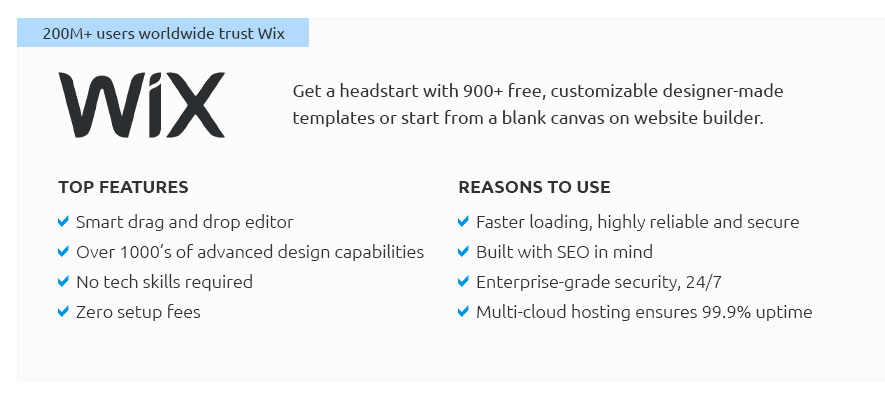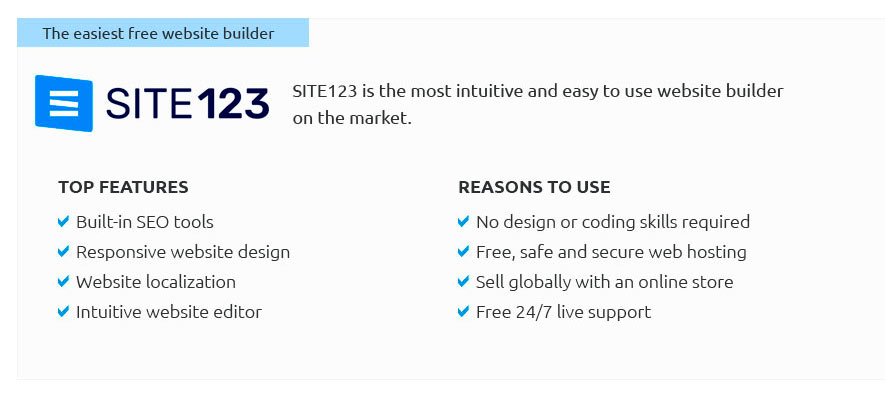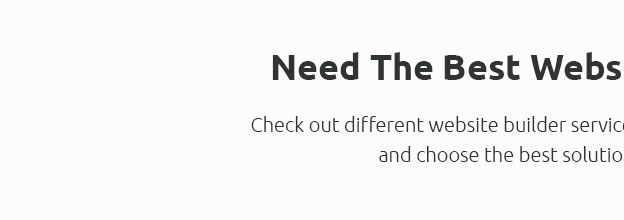 |
 |
 |
 |
|
 |
 |
 |
|
 |
|
 |
 |
|
 |
|
 |
|
 |
 |
How to Build a Website Without a Website Builder: A Comprehensive GuideBuilding a website from scratch without relying on website builders is an exhilarating journey that allows you to craft every detail with precision and creativity, an adventure that offers both challenges and immense satisfaction for those who love to delve into the nitty-gritty of web development. The process requires an understanding of various technologies and the ability to blend them seamlessly. Let's explore the essential steps and best practices that will guide you through this fascinating endeavor. Understanding the BasicsBefore diving into the actual building process, it's crucial to familiarize yourself with some foundational concepts. A website fundamentally consists of three main components: HTML for structure, CSS for styling, and JavaScript for interactivity. While these technologies form the backbone of any site, knowing how to use them effectively is what truly matters. HTML: The StructureHTML, or Hypertext Markup Language, is the cornerstone of web pages, providing the skeleton upon which everything else is built. Learning HTML is akin to mastering the art of building blocks; you need to understand tags, elements, attributes, and how they combine to create a meaningful layout. Start by designing a simple page structure and gradually add complexity as you become more comfortable. CSS: The StyleOnce the structure is in place, CSS, or Cascading Style Sheets, comes into play to add flair and aesthetic appeal. With CSS, you can transform a bland page into a visually stunning site by manipulating colors, fonts, layouts, and much more. Mastering CSS requires patience and experimentation, but the payoff is a design that's not only pleasing to the eye but also responsive to different devices. JavaScript: The InteractivityTo breathe life into your website, JavaScript is indispensable. This scripting language enables dynamic content, interactive forms, animations, and much more. It's the magic behind features that keep users engaged and returning for more. As you grow more proficient, you'll find that JavaScript can be used to solve complex problems and enhance user experience dramatically. Setting Up Your EnvironmentCreating a website from scratch necessitates a suitable development environment. This typically involves selecting a text editor and setting up version control. While there are numerous options available, choosing tools that align with your workflow and preferences is crucial. A reliable text editor like Visual Studio Code or Sublime Text is recommended for writing clean, efficient code. Planning Your WebsitePlanning is an often overlooked but vital step in the web development process. Begin by defining the purpose of your site and identifying the target audience. This will inform the design decisions and content strategy. Creating wireframes and mockups can aid in visualizing the layout and ensuring the user journey is logical and intuitive. Developing the FrontendOnce the plan is solidified, you can start developing the frontend, focusing on creating a responsive, user-friendly interface. It's crucial to ensure that your site is accessible and works across various browsers and devices. Utilizing CSS frameworks like Bootstrap or Tailwind can expedite the styling process, although purists might prefer crafting custom styles for a unique touch. Building the BackendThe backend is the engine that powers your site, handling data processing, storage, and management. Popular backend technologies include Node.js, Python (Django or Flask), Ruby on Rails, and PHP. Selecting the right one depends on your specific needs and familiarity. Focus on writing clean, secure, and efficient code to ensure your site performs well under various conditions. Testing and DebuggingTesting is an integral part of web development. Regularly test your site to catch bugs and ensure everything functions as intended. Utilize tools like Chrome DevTools for debugging, and consider automated testing frameworks to streamline the process. User testing is also invaluable, providing insights that can lead to crucial improvements. Deploying Your WebsiteOnce development and testing are complete, the next step is deployment. Choose a reliable hosting service and configure your domain name. Ensure that your site is optimized for performance, with compressed images and minified scripts, to provide the best user experience. Maintaining Your WebsiteBuilding a website is just the beginning; regular maintenance is essential to keep it running smoothly. Monitor performance, update content, and address security vulnerabilities promptly. Continuous learning and adaptation are key to staying relevant in the ever-evolving digital landscape. In conclusion, building a website without a website builder is a rewarding challenge that demands a deep understanding of web technologies, meticulous planning, and a commitment to quality. While it may seem daunting at first, the skills and knowledge gained through this process are invaluable, empowering you to create web experiences that are both functional and beautiful. Happy coding! https://www.quora.com/How-can-I-build-a-website-without-a-website-builder-1
You can code a website using HTML, CSS, and JavaScript. However, you would have to learn all 3 of these languages which would take you about 3 months minimum. https://www.youtube.com/watch?v=k-PmnTQjKfc
Learn how to make a website without a host. ------------- Buy DIVI here and claim your BONUSES https://funnelstoincome.com/divi Try ... https://www.getjobber.com/academy/how-to-make-a-website-without-a-website-builder/
This guide breaks down the steps to building a website without relying on a website builder. Learn how to create a site that stands out and attracts local ...
|